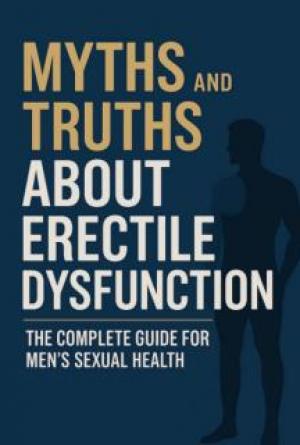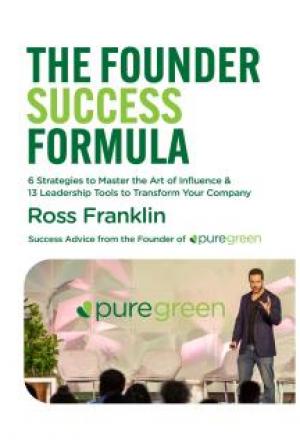
I’m the son of a hippie-potter mom and a mad-professor dad. I came of age in the ’70s and ’80s. Growing up, Duran Duran,
ripped-jeans, big hair, and Frisbee were my religion. Yes, for those who’ve glanced at the head shot of me on the inside cover, there was a time I had hair. Same cut as Juan Epstein from Welcome Back, Kotter, and it was #GLORIOUS! I just missed the ’60s free-love thing, but there was still a lot of love in our house.
Under the surface, though, as I’d come to learn, things weren’t as I thought. My parents’ marriage was coming apart. Over the years, my mom had become less hippie and my dad more academic. They wanted different things; they’d become different people. My mom had always been fiercely creative, possessed by the urge to make stuff. That’s something I inherited from her. Clay was her playground. She’d vanish for days into the basement studio, absorbed in the process of throwing slabs into works of art. As my parents drifted apart, though, life got increasingly complicated. Pulled in many directions, my mom spent less and less time lost in the embrace of her basement pottery studio, largely abandoning the consuming devotion to craft that had been her source of solace, inspiration, identity, salvation, and even income for so many years. In my junior year of high school, my sister split for college. Shortly afterward, my dad moved out, leaving my mom and me alone together in a big old house.
My folks had kept most of the emotional fallout of their separation from us, at least in the early days. Now, mom and I had to figure out a new dance. She kept up the facade of strength for a while. Then, one day, it all came tumbling down.
I came home to find her sitting on the edge of an old mattress flopped on the floor in the middle of her bedroom—hers alone. Her head lay buried in her knees. Her arms clung to her shins. She was crying. I’d seen her angry plenty of times, especially in the years leading up to the divorce. But I’d never seen her sitting quietly, lights off, weeping.
I didn’t know what to do. For the moment, I was being called into the role of caregiver. It was my turn to kiss the boo-boo. But, this wound was soul deep. So I did the only thing I knew. I sat next to her and gently wrapped my arm across her back. “What’s wrong?” I asked. In a somber silence that seemed to linger interminably, the unease of reversing roles washed through me. I almost hoped she wouldn’t answer. Then I wouldn’t need to figure out how to respond. My standard fallback to 17-year-old sarcasm wouldn’t close this gap.
“I lost it,” she whispered. “I went downstairs to the studio today. I sat at the wheel, grabbed some clay, and tried to throw. I kept trying. But I couldn’t do it. It’s gone.” On the surface, the “it” she was talking about was her near-mystical mastery over clay. Just below that, it was the entirety of her being. Her identity as a maker, an artist, a powerful woman, and a creator. Her ability to reconnect with joy, to play, to get lost in a process, to achieve and be recognized, to put money in the bank and food on the table. The “it” that had left her was the very essence of who she believed herself to be. Somehow, at 17, I got that.
I wanted to cry along with her. Instead, I spoke. I’d trained as a gymnast for years, so this metaphor tumbled clumsily out. “You haven’t








